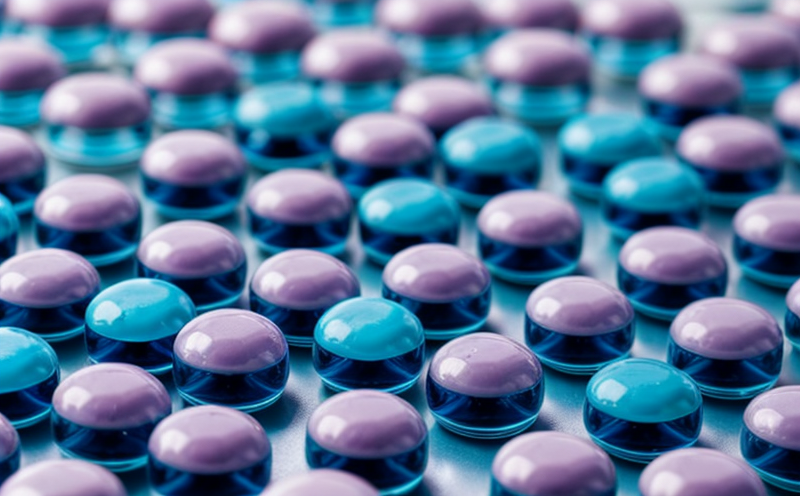USP Bacterial Endotoxin Testing (LAL Test)
The USP Bacterial Endotoxin Test, also known as Limulus Amoebocyte Lysate (LAL) test, is a critical analytical procedure used in the pharmaceutical and biotechnology sectors to detect the presence of endotoxins. Endotoxins are lipopolysaccharides derived from the outer membrane of Gram-negative bacteria. These potent pyrogens can cause severe adverse reactions including febrile responses, sepsis, and even death if introduced into humans or animals through medical devices, injections, or infusions.
This test is particularly important in ensuring the safety of injectable pharmaceutical products, parenteral solutions, vaccines, and other biopharmaceuticals. Regulatory authorities mandate such testing to ensure that no potentially harmful endotoxins are present in these formulations. The LAL test leverages the clotting properties of amoebocytes from the horseshoe crab (Limulus polyphemus) to detect endotoxin contamination.
The USP specifies a quantitative kinetic method for this testing, which involves incubating the test sample with a reagent containing Limulus Amoebocyte Lysate. Any endotoxins present will interact with the lysate, initiating a clotting reaction. The time it takes for clots to form is inversely proportional to the concentration of endotoxins in the sample. This relationship allows for quantitative determination of the endotoxin level.
The test has been widely adopted due to its high sensitivity and relative ease of use compared to other methods. However, it also requires strict adherence to standard operating procedures (SOPs) to ensure accurate results. Factors such as temperature, pH, ionic strength, and the presence of interfering substances can influence the outcome.
Given the critical nature of this test in pharmaceutical development and manufacturing, laboratories must be equipped with state-of-the-art facilities and trained personnel to perform it accurately. The LAL test is often supplemented by other tests such as sterility testing or pyrogen testing for a comprehensive assessment of product safety.
Scope and Methodology
| Key Parameters | Description |
|---|---|
| Sample Preparation | The sample should be filtered through a 0.22 μm membrane filter to remove particulates and achieve the appropriate dilution. |
| Reagent | LAL reagent, which contains clotting factors from the horseshoe crab's hemolymph. |
| Incubation Period | The sample is incubated at 37°C for a specified period to observe any clumping or clot formation. |
| Detection Method | The endpoint of the test is determined by visual observation and/or turbidimetric measurement. |
The testing protocol is based on USP guidelines, which outline the steps for sample preparation, incubation time, temperature control, reagent usage, and detection methods. The results are expressed as endotoxin units (EU/mL) or comparable units.
Benefits
The USP Bacterial Endotoxin Testing provides numerous benefits to pharmaceutical manufacturers:
- Product Safety: Ensures that no harmful endotoxins are present in the final product, protecting patients from severe adverse reactions.
- Regulatory Compliance: Helps companies meet stringent regulatory requirements set by authorities like the FDA and EMA.
- Quality Assurance: Provides a robust quality control measure to maintain consistent product standards.
- Patient Trust: Builds trust with patients who rely on safe, high-quality pharmaceuticals for treatment.
- Process Optimization
Environmental and Sustainability Contributions
- The testing process itself is relatively low-impact in terms of resource consumption. However, the use of horseshoe crabs as a source of LAL reagent has raised environmental concerns due to over-harvesting.
- Newer methods are being developed to reduce reliance on horseshoe crabs, such as synthetic alternatives like recombinant factor C (rFC). These alternatives aim to minimize the ecological impact while maintaining testing efficacy.
- Proper waste management and recycling practices in laboratory settings can further contribute to sustainability goals by reducing environmental footprint.
The pharmaceutical industry is increasingly focusing on sustainable practices, and endotoxin testing plays a role in this transition. By adopting more eco-friendly methods and technologies, the industry can reduce its overall carbon footprint while maintaining product safety standards.





